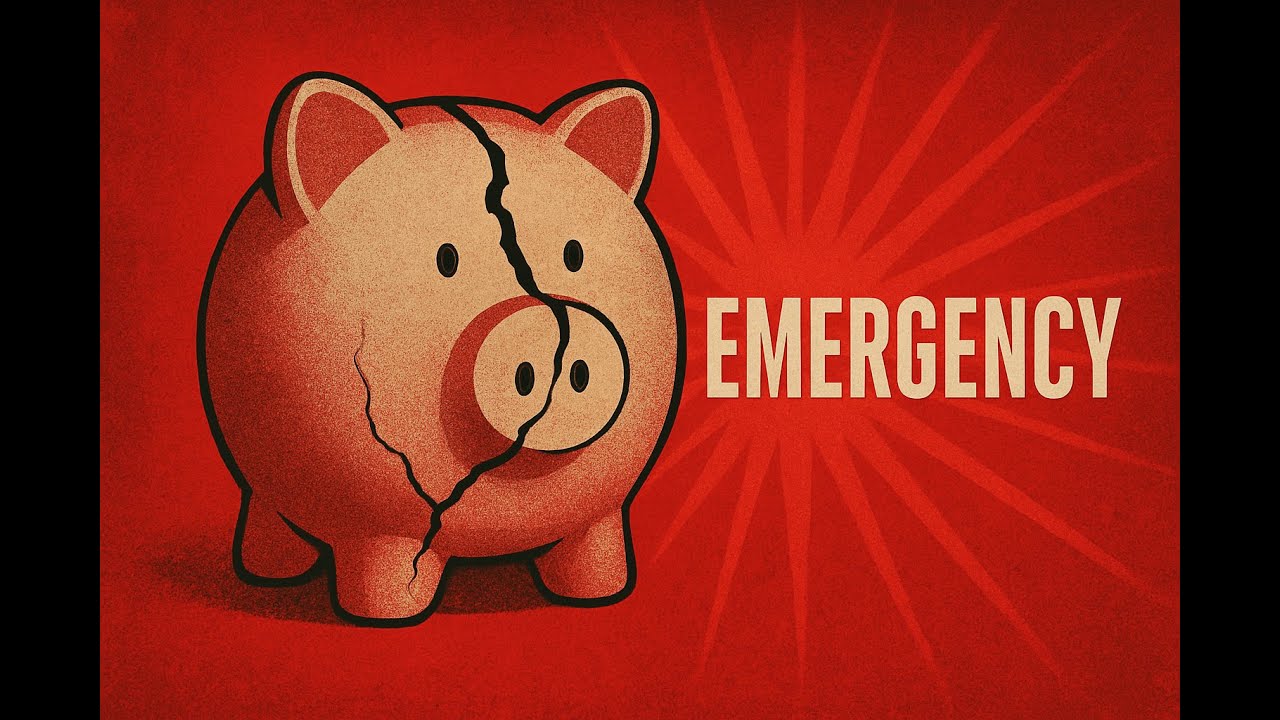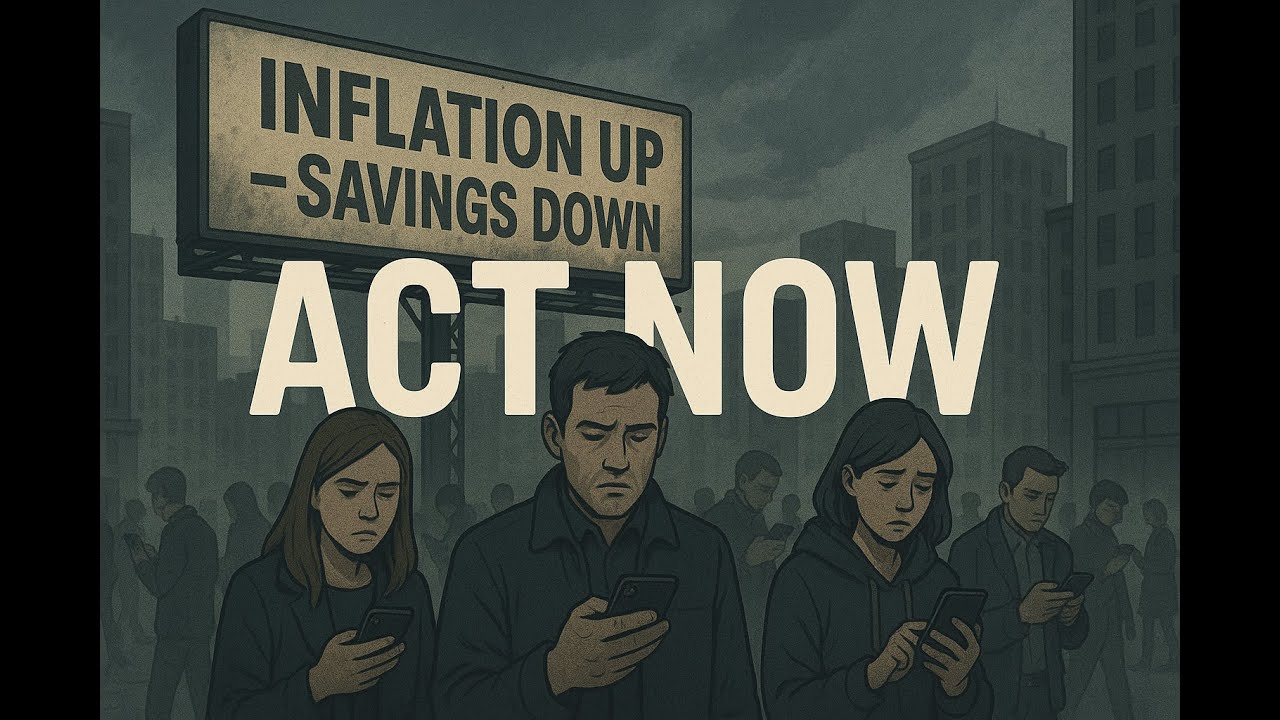The Debt Trap Most Beginners Fall Into: How to Use Debt to Build Wealth
Discover the difference between good and bad debt, and learn how strategic borrowing can help you grow your wealth instead of draining your finances. Avoid common debt traps and start building lasting financial success.
Loading video...
The Debt Trap Most Beginners Fall Into: How to Use Debt to Build Wealth
Debt often gets a bad reputation, especially among those just starting their financial journey. Many beginners fall into the common debt trap, believing all borrowing is risky and dangerous. But what if I told you that not all debt is created equal? In fact, some types of debt can actually put money in your pocket every month and help you build lasting wealth. This article breaks down the difference between good debt and bad debt, revealing what the wealthy know that most people don’t. By understanding these concepts, you can avoid costly mistakes and start using debt strategically to grow your net worth.
Table of Contents
-
🏡 What Is Good Debt? Mortgages, Student Loans, and Business Loans
-
⛔ What Is Bad Debt? Credit Cards, Payday Loans, and Car Loans
-
[❓ Frequently Asked Questions (FAQ)](#❓-frequently-asked-questions-(faq)
🔨 Debt Is a Tool: Good Debt vs. Bad Debt
Think of debt like a tool in your garage. A hammer can either build a house or break a window—it all depends on how you use it. Most people treat all debt like a trap that will hurt them, but that’s not how money actually works. There are debts that put money in your pocket every month, and debts that quietly drain your wallet.
The wealthy understand this difference and use it to their advantage. They don’t ask if they can afford the payment; instead, they ask if the thing they are buying will make them more money than the loan costs. When the answer is yes, they borrow without hesitation. This mindset is the key to turning debt from a burden into a wealth-building tool.
🏡 What Is Good Debt? Mortgages, Student Loans, and Business Loans
Let’s start with the debt that actually puts money in your pocket instead of taking it out. Words like “mortgage” or “business loan” often make people nervous, but these debts can work in your favor.

Mortgages are a classic example of good debt. When you borrow money to buy a house, you’re purchasing an asset that typically appreciates over time. If you rent out that property, the rental income can often cover or even exceed your mortgage payment. Essentially, you’re using the bank’s money to buy something that makes you money.

Student loans can also be good debt when they increase your earning potential. Education tends to significantly boost lifetime earnings. While the average student loan payment is nearly $400 per month, the degree often pays for itself through higher income over time.
Business loans follow the same principle. Borrowing to invest in tools or inventory that help you serve more clients can increase your revenue. Even if your loan payment is a few hundred dollars monthly, the income generated from that investment can more than offset the cost.
In summary, good debt buys you assets that either make money or save money over time. It turns your borrowed dollars into wealth-building tools rather than endless bills.
⛔ What Is Bad Debt? Credit Cards, Payday Loans, and Car Loans
Now, let’s discuss the other side of the coin: bad debt. This is the kind of debt designed to keep you paying forever, making it incredibly hard to escape. Bad debt often looks appealing upfront but works like quicksand—the more you struggle with minimum payments, the deeper you sink.
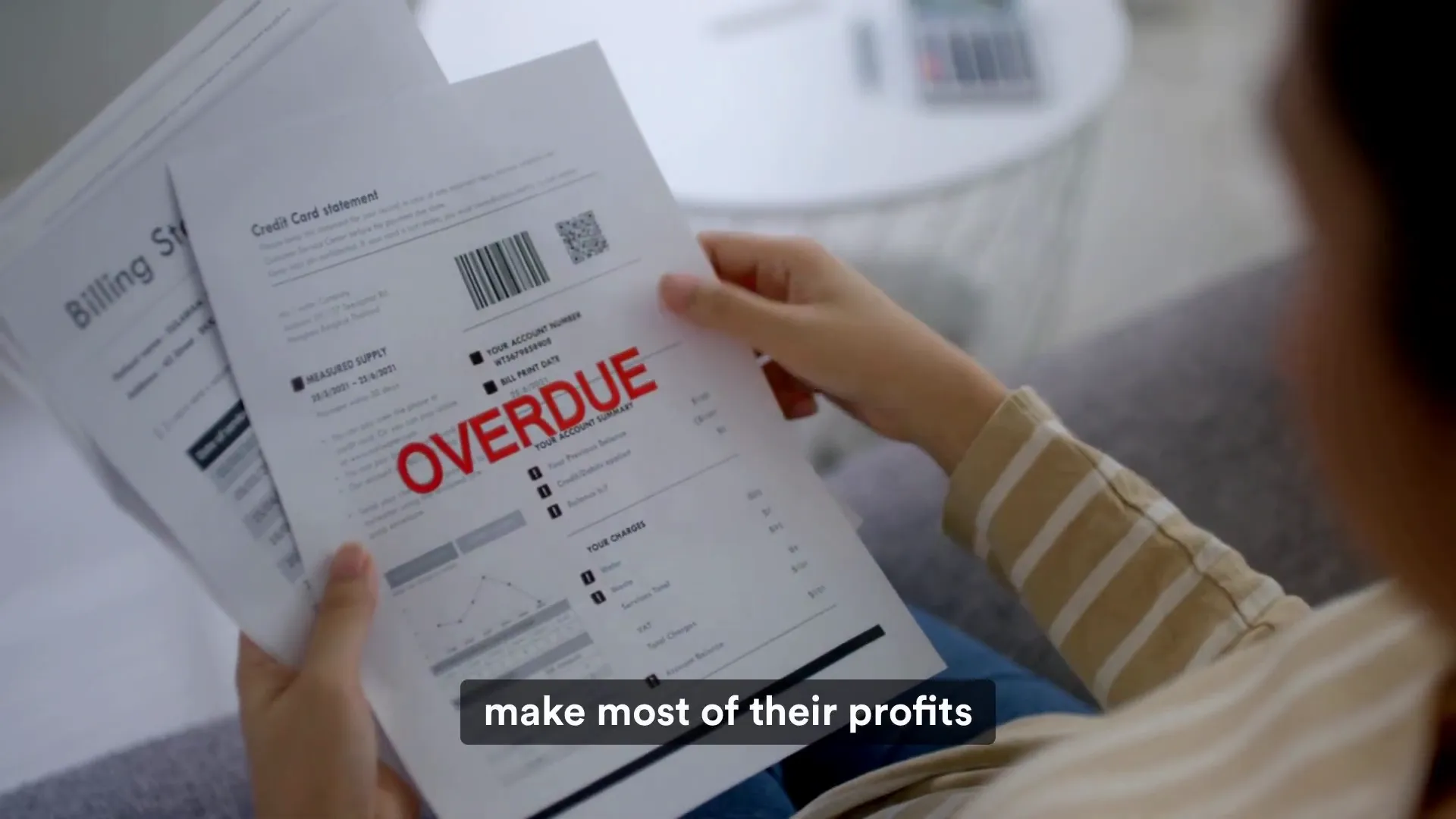
Credit cards are a prime example. With average interest rates around 24.4%, carrying a balance means interest compounds quickly. For instance, a $1,000 purchase paid off with minimum payments can easily cost you twice as much by the time it’s fully paid. Credit card companies profit most from people who cannot pay off their balance, designing the system to keep you trapped.
Payday loans are even worse. Borrowing $300 for two weeks might come with a $45 fee, which translates to an eye-popping 600% annual interest rate. Compare this to a bank savings account paying around 1% per year, and you see how costly payday loans really are.
Car loans taken out for status also destroy wealth. Cars lose a significant portion of their value the moment you drive off the lot, so you end up paying interest on a shrinking asset. In essence, you’re paying to lose money.
The psychology behind bad debt is powerful. It feeds on instant gratification and social pressure. You want the item now, even if you can’t afford it fully. The monthly payments seem manageable, so you ignore the total cost. Each purchase chips away at your financial health, even though it feels good in the moment.
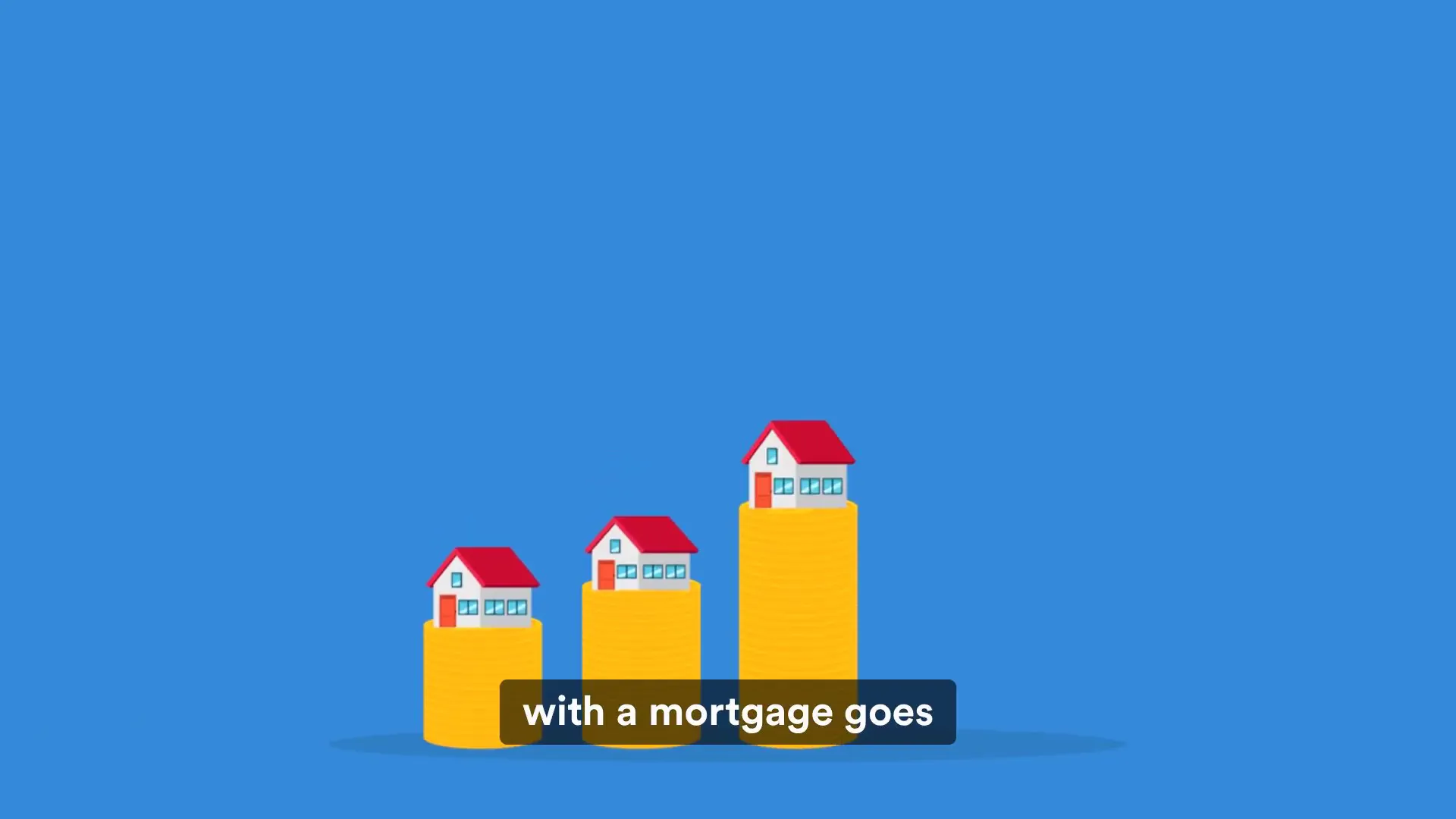
💡 How to Identify and Prioritize Your Debt
Good debt buys appreciating assets that make or save money. Bad debt buys depreciating stuff that loses value. For example, the house you bought with a mortgage appreciates over time, while the television you bought on credit loses value. This is the trap that keeps most people broke—they think they’re buying things they want, but they’re actually buying debt they can’t escape.
So how do you tackle your own debt? Start by listing every single debt you have with its interest rate. Include credit cards, car loans, student loans, mortgages, personal loans—everything.
Next, apply the “wealth test” to each debt. Ask yourself:
-
Did this debt buy something that makes money?
-
Did it buy something that saves money?
-
Did it buy something that goes up in value?
If the answer is no, that debt is likely dragging you down.
Your mortgage probably passes this test. Your credit card debt from clothes and dinners probably does not. Your student loan might, depending on how much it boosted your income.
Priority Order for Paying Off Debt
-
Attack high-interest consumer debt first: Credit cards, payday loans, and unnecessary car payments should be at the top of your list. These are wealth destroyers that cost you money over time.
-
Keep wealth-building debt longer: Especially if the interest rate is low. For example, a mortgage under 5% interest while your house appreciates makes financial sense.
Use the debt avalanche method to pay off bad debt. Make minimum payments on all debts to avoid penalties, then put any extra money toward the debt with the highest interest rate. For example, if you have $500 extra each month, don’t spread it out. Put the entire $500 toward the highest interest debt while maintaining minimum payments on everything else.

Debt-to-Income Ratio
Financial experts recommend keeping your debt-to-income (DTI) ratio below 40%. To calculate your DTI:
-
Add up your total monthly debt payments.
-
Divide that number by your gross monthly income.
-
Multiply the result by 100 to get a percentage.
If your DTI is above 40%, you’re in the danger zone. Focus on paying down your debt before taking on more.
🚀 Conclusion: Make Debt Work for You, Not Against You
Understanding the difference between good debt and bad debt gives you a clear roadmap for building wealth rather than just managing payments. Most people spend their whole lives paying off debt that makes them poorer, but you now have the framework to make debt work in your favor.
The wealthy don’t avoid debt; they use it strategically to buy assets while avoiding the consumption trap that keeps everyone else broke. They know debt is leverage, not danger, when used correctly.
Start today by listing your debts and categorizing them using the principles above. Put the wealth destroyers—your credit cards and payday loans—at the top of your attack list. Remember, good debt can grow your net worth, while bad debt drains it. Choose your borrowing like you choose your tools.
Debt is a tool in your garage. Used wisely, it helps you build your house financially and literally. Most people will keep making the same mistakes, but you now have the knowledge to break free.
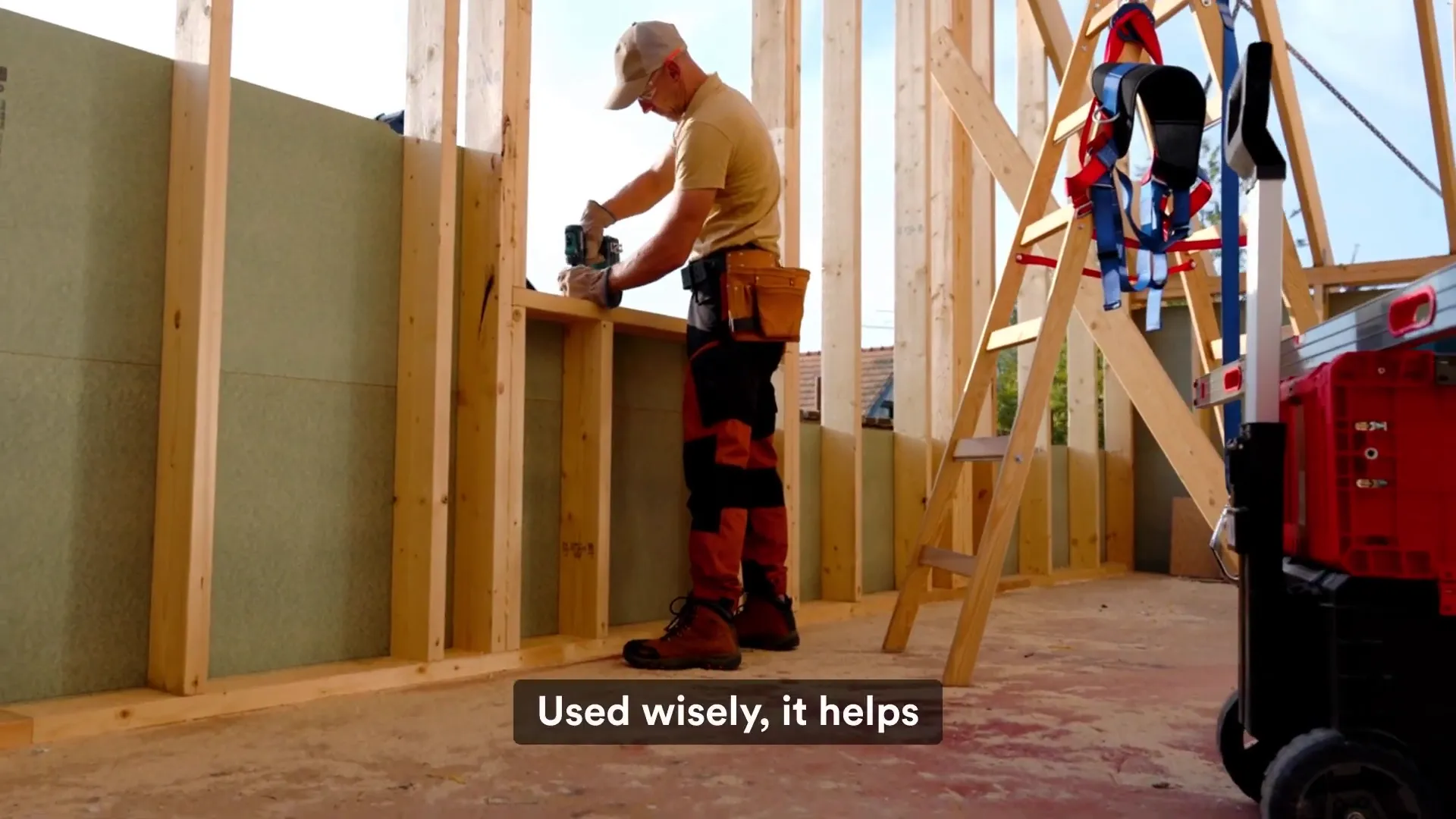
❓ Frequently Asked Questions (FAQ)
What is the main difference between good debt and bad debt?
Good debt is borrowing money to buy assets that either generate income, save money, or appreciate in value over time. Bad debt is borrowing money for things that lose value and cost you more in interest than the asset is worth, like credit card debt or payday loans.
Is all student loan debt considered good debt?
Student loans can be good debt if the education you obtain significantly increases your earning potential. However, if the degree does not lead to higher income, that debt may not be beneficial.
How should I prioritize paying off my debts?
Focus first on paying off high-interest consumer debt such as credit cards and payday loans. Maintain minimum payments on all debts, then use any extra money to tackle the highest interest debt first (debt avalanche method).
What is a healthy debt-to-income ratio?
Financial experts recommend keeping your debt-to-income ratio below 40%. Higher than that means you might be overleveraged and should focus on paying down debt before borrowing more.
Can using debt help me build wealth?
Yes, when used strategically, debt can be a powerful tool to acquire assets that generate income or appreciate in value, helping you grow your net worth.
Subscribing really helps.
Subscribe to help me create more helpful videos for everyone's benefit.
** Subscribe to @StartWithCents **
🚀 Ready to Build Real Wealth?
You've learned the strategy – now it's time for action!
🎬 Get Weekly Financial Education
Join thousands learning smart money strategies that actually work.
📺 Subscribe to @StartWithCents
💎 Download Your Free Wealth-Building Tools
Get the exclusive "First Dollar Game Plan" – your step-by-step guide to financial freedom.
📚 Continue Your Financial Journey
Explore more money-smart articles and strategies.
📖 Read More Posts • 🏠 Homepage
💡 Remember: Knowledge without action is just entertainment. Take one step today!
